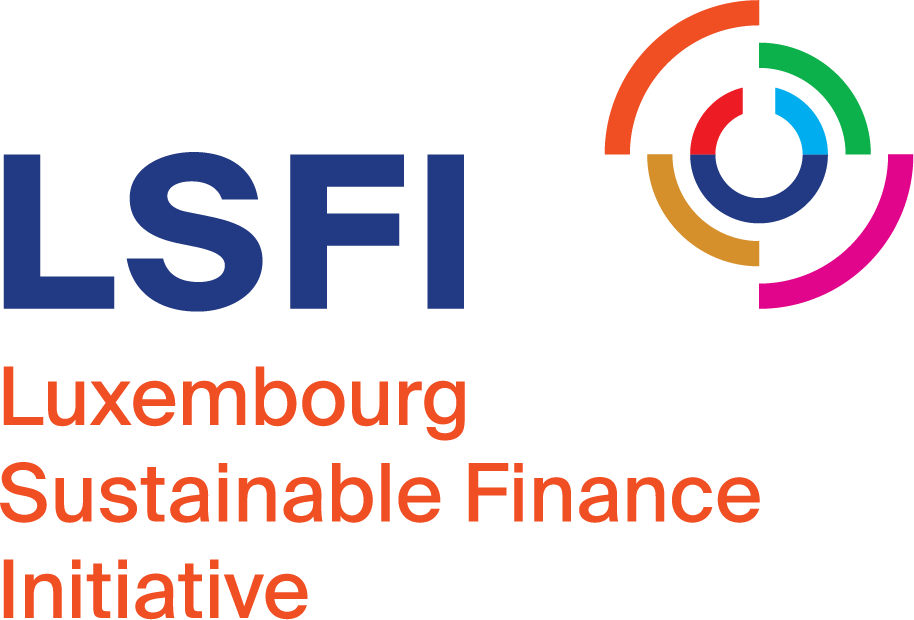In the sustainable finance domain, significant focus has been directed towards reaching the Paris Agreement goals and, consequently, on climate-related aspects. While these elements are crucial and urgent, there are other equally relevant environmental factors in the journey towards sustainability. It is the case of biodiversity.
This month, we have interviewed speakers of the LSFI masterclass on biodiversity held last November:
- Emine Isciel, Head of Climate and Environment, Storebrand
- Eric Schauls, Attaché, Luxembourg Ministry of the Environment, Climate and Biodiversity
- Gabriela Hermosilla, Technical Officer, Nature Team, United Nations Environment Programme Finance Initiative (UNEP FI)
They have shared with us why biodiversity is so important, how financial institutions could better integrate biodiversity considerations into financial decisions, what the existing challenges are and what framework and tools can support this process.
Stay tuned, the masterclass key takeaways will be also published soon!

Eric Schauls, Attaché at Luxembourg Ministry of the Environment, Climate and Biodiversity
LSFI: What is biodiversity, why does it matter?
Eric Schauls: Biological Diversity refers to the diversity of all life on Earth. The Royal Society London describes Biodiversity as “essential for the processes that support all life on Earth, including humans.”
As per its definition, biodiversity is directly responsible for sustaining ecological services like the provision of fertile soils, or photosynthesis. Evidence is clear that the capacity of nature to support humanity is directly linked to biodiversity.
In this regard, trying to compensate biodiversity loss through technology will not be sustainable in the long term. Biodiversity is an asset that helps to spread the risks stemming from ever-changing environmental conditions.
Discussions trying to play off human well-being and development against biodiversity are based on false assumptions of short-term gains that do not take into consideration long-term processes and ecological tipping points.
Economic accounting is like ecological accounting, you also need to account for externalities. The only difference is that the reference period varies.
Biodiversity is not the nuisance that is preventing our human development. It is not reserved for the lucky few, privileged to own binoculars for bird watching. Biodiversity is the foundation of our wealth. The sooner we realize that humanity is embedded in nature, the sooner we can start to increase our well-being.

Gabriela Andrea Hermosilla Goncalves, Technical Officer at UNEP FI
LSFI: What are the key existing frameworks to help financial institutions integrate biodiversity?
Gabriela Hermosilla: These past years have been instrumental in advancing technical guidance for financial institutions to better understand their dependencies & impacts on nature and related financial risks. We now understand how biodiversity loss represents tangible risks to the global economy and how much of our economy is at immediate high risk. Alignment is the word to understand key recent developments to ‘halt and reverse nature loss by 2030’:
- In 2022, the global policy architecture was firmed as the Kunming-Montreal Global Biodiversity Framework (GBF) (akin to the Paris Agreement for climate) was adopted by 192 countries. The GBF sets 4 goals and 23 global targets to be achieved by 2030. Target 15 requires Financial Institutions (FIs) to monitor, assess and disclose their risks, dependencies and impacts on biodiversity.
- In 2023, the Taskforce on Nature-related Financial Disclosures (TNFD) published their risk management framework and recommendations to help FIs advance one step further. Guidance for FIs on disclosure metrics is currently open for consultation.
At UNEP FI we have been instrumental in bringing these advancements to life in the financial sector. We now continue to provide support to FIs in understanding, implementing and disclosing these dependencies, impacts and risks – aligned with the GBF.
- That is why we have published recently a report comparing the 7 leading standards, frameworks and systems for the assessment of nature-related issues – including the TNFD, ISSB Standards or ESRS Standards to help FIs navigate and understand further the reporting space.
We will also continue our TNFD implementation support with the same objective!
Further, specifically for banks, UNEP FI has published a briefing on what the GBF means for banks and an in-depth guidance on how to act on nature loss.

Emine Isciel, Head of Climate and Environment at Storebrand
LSFI: What are the key challenges for integrating biodiversity into financial decisions and what tips would you give?
Emine Isciel: Currently, most financial decisions continue to harm nature and there are various reasons for this.
First of all, regulation must set limits to overexploitation and degradation of ecosystems by incorporating the value of nature into economic and policy decisions to ensure that all market pricing reflects the impact and dependencies on nature.
Secondly, a better understanding of nature-related impacts and dependencies across portfolios is essential for making investment and lending decisions that take into account the need to protect and restore biodiversity. The Taskforce on Nature-related Financial Disclosures (TNFD) has launched a disclosure framework and guidance for companies and financial institutions to assess and disclose their nature-related impacts, dependencies, risks and opportunities. The development of this framework follows the success of the precursor framework developed by the Taskforce on Climate-related Financial Disclosures (TCFD), which has radically changed the conversation on climate change, putting disclosures on carbon on par with audited financial disclosures in company reports. Governments can require companies and financial institutions to assess, monitor and disclose nature-related impacts and dependencies.
For financial institutions that want to get started, measurement approaches, tools and standards for assessing impacts and dependencies on nature are increasingly becoming available. Leading financial institutions are not waiting until the perfect data from companies exists. Many of us are already experimenting with footprinting measurement approaches and tools, which give an idea of nature-related impacts and dependencies of specific sectors and companies through actual and modelled data. Unfortunately, these tools often don’t yet have an answer to calculate location-specific needs and value chains of companies but it can be a good start for those who want to start integrating biodiversity into financial decisions.





